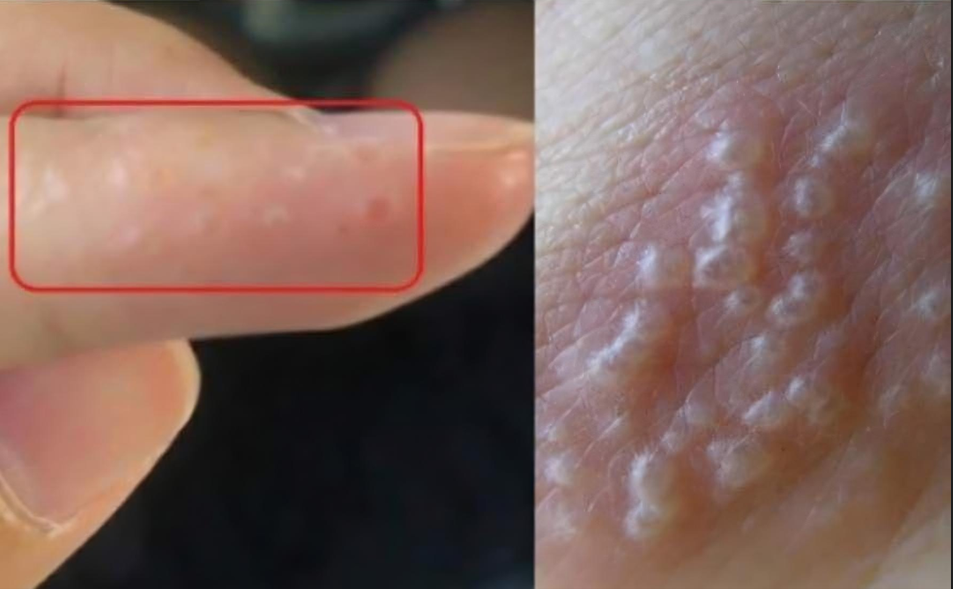Dyshidrotic eczema, also known as “foot-and-hand eczema,” is a particularly frustrating form of the skin condition that can flare up during the warmer months. This type of eczema manifests as small, intensely itchy blisters on the palms, soles, and sides of the fingers and toes. These blisters can be incredibly painful and take weeks to heal, making it difficult to enjoy all the summer has to offer.

While the exact causes of dyshidrotic eczema are not fully understood, it is believed to be related to an overactive immune system’s response to certain triggers. Factors that may contribute to flare-ups include:
- Seasonal allergens, such as pollen
- Stress and anxiety
- Contact with irritants, like soaps or chemicals
- Sweating and humidity
Understanding these potential triggers can help you take proactive steps to manage your symptoms.
Eczema cannot be cured, but it can be effectively managed with the right treatment approach. For those dealing with dyshidrotic eczema, the following options may provide relief:
Prescription Medications
- Topical corticosteroids to reduce inflammation and itching
- Oral antihistamines to alleviate symptoms
- Immunosuppressant creams, such as Protopic or Elidel, to calm the immune system
Natural Remedies
- Cold compresses to soothe irritated skin
- Aloe vera gel to promote healing
- Colloidal oatmeal baths to alleviate dryness and itching
Lifestyle Changes
- Avoiding known triggers, like harsh soaps or excessive sweating
- Keeping the skin moisturized to prevent further irritation
- Practicing stress-reducing techniques, such as meditation or yoga
By working closely with your dermatologist, you can develop a comprehensive treatment plan to keep your dyshidrotic eczema under control, even during the summer months.
In addition to managing your dyshidrotic eczema, it’s also important to take steps to protect your skin from the harsh summer elements, such as:
Sun Exposure
- Use a broad-spectrum sunscreen with an SPF of 30 or higher
- Seek shade whenever possible and wear protective clothing
Swimming and Water Activities
- Rinse off with fresh water after swimming in chlorinated or saltwater
- Apply a fragrance-free, hypoallergenic moisturizer after bathing
Sweating and Humidity
- Wear breathable, moisture-wicking fabrics to help manage perspiration
- Keep the affected areas clean and dry to prevent further irritation
By combining effective eczema management with diligent skin protection, you can enjoy all the summer fun without the constant worry of flare-ups.
With the right knowledge and tools, you can take control of your dyshidrotic eczema and reclaim your carefree summer. Remember, you are not alone in this journey – millions of people worldwide are navigating the same challenges. By staying informed, being proactive, and seeking support when needed, you can minimize the impact of this condition and focus on making the most of the warm weather.
So, here’s to a summer filled with sun, laughter, and freedom from the blisters and discomfort of dyshidrotic eczema. Embrace the season with confidence, and don’t let this condition hold you back from all the joy and adventure that awaits.


